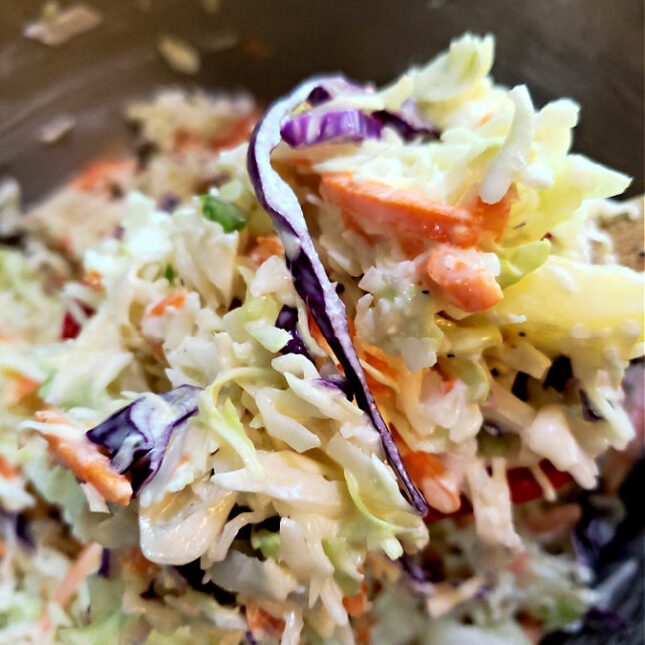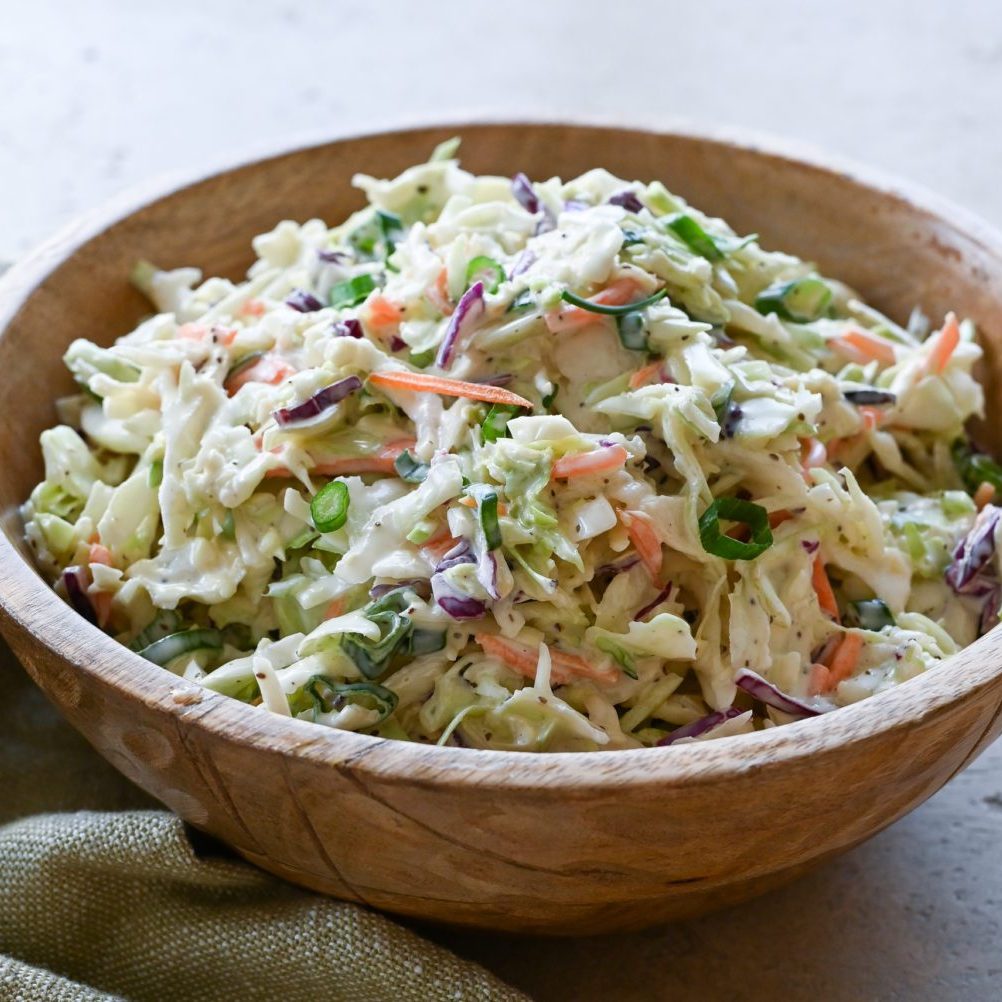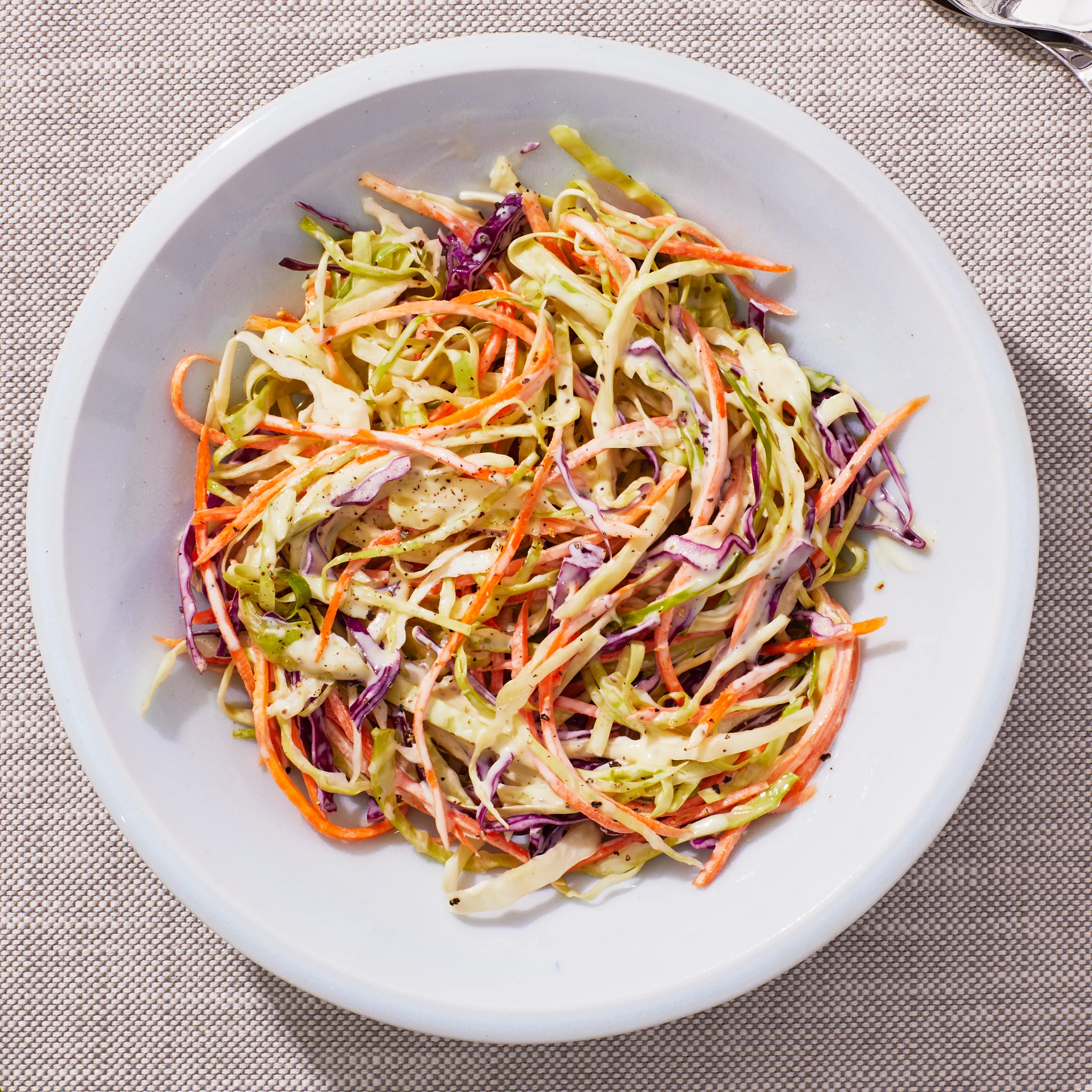Coleslaw is a beloved staple in many households and at gatherings. This fresh, crunchy salad, often made from cabbage, carrots, and a creamy dressing, is not only delicious but also versatile. Whether you’re serving it as a side dish for barbecues, picnics, or holiday feasts, understanding how long coleslaw will last in the refrigerator is crucial for both food safety and quality.
Understanding Coleslaw
Coleslaw is traditionally made by shredding raw cabbage and mixing it with a dressing, usually made from mayonnaise, vinegar, sugar, salt, and pepper. Variations may include additional ingredients like other vegetables, fruits, nuts, or herbs. The flavor of coleslaw is a pleasing combination of tangy, sweet, and creamy, making it an appealing addition to many meals.
The Types of Coleslaw
There are various styles of coleslaw, which can influence its shelf life:
- Traditional Coleslaw: Made with cabbage and carrots, typically dressed with a mayonnaise or vinegar-based dressing.
- Vinegar-Based Coleslaw: Lighter than its creamy counterpart, it uses vinegar as the primary dressing, which may extend its shelf life slightly.
- Creamy Coleslaw: This version contains a higher amount of mayonnaise, making it richer but also more perishable.
- Asian Slaw: Often includes ingredients like sesame oil, soy sauce, and assorted vegetables, introducing new flavors and possibly altering the longevity of the dish.
- Fruit-Infused Coleslaw: Incorporating fruits like apples or pineapples can change the way the salad keeps, especially if the dressing is creamy.
Each variation affects how long coleslaw will last in the refrigerator and its overall quality when consumed after a few days.
Factors That Affect Shelf Life
The lifespan of coleslaw in the fridge can be influenced by several factors including ingredients, preparation method, and storage conditions.
1. Ingredients
The primary ingredients of your coleslaw will largely determine its longevity. For instance:
- Mayonnaise: Creamy dressings made from mayonnaise may have a shorter shelf life compared to vinegar-based dressings. Mayonnaise can separate and lose its quality over time, especially when exposed to air.
- Vegetables: Freshly chopped vegetables will become soggier as they release water. Cabbage generally holds up well, but cut carrots or other vegetables may not fare as well.
- Additional Ingredients: Adding fruits can introduce sugars and moisture, which may encourage bacterial growth if not consumed quickly.
2. Preparation Method
The way coleslaw is prepared can have a significant impact on its freshness:
- Pre-Mixing: Salads that are mixed ahead of time may have a shorter lifespan as the vegetables release water into the dressing, resulting in a soggy texture.
- Dressing: If you serve coleslaw with dressing on the side, it may maintain a crisper texture and last longer than fully dressed coleslaw.
3. Storage Conditions
Proper storage is essential to sustaining freshness:
- Temperature: Keeping coleslaw below 40°F (4°C) is important to slow bacterial growth.
- Containers: Airtight containers minimize oxygen exposure, keeping your coleslaw fresher for longer.
Typical Shelf Life of Coleslaw
So, how long will coleslaw last in the refrigerator? Generally, homemade coleslaw can last between 3 to 5 days, while store-bought coleslaw may last slightly longer, about 5 to 7 days, depending on the preservatives used.
Homemade Coleslaw
When you make coleslaw from scratch, it’s essential to consume it within a few days for the best flavor and safety. Here’s a general timeline for homemade coleslaw:
- Day 1: Fresh and crunchy, it will have the best taste and texture.
- Days 2-3: Still decent, but the vegetables start to lose some crunchiness. The dressing will meld with the vegetables, creating a different flavor profile.
- Day 4: The texture becomes more soft, and while it may still taste fine, it’s nearing the end of its freshness.
- Days 5-7: It’s advisable to proceed with caution. The risk for spoilage increases significantly.
Store-Bought Coleslaw
Store-bought coleslaw may last longer due to preservatives:
- Unopened: If you purchase a sealed package, it can often last until the expiration date listed on the packaging, as long as it remains refrigerated.
- Opened: Once opened, treat it similarly to homemade coleslaw. Consume within 5 to 7 days.
Signs Coleslaw Has Gone Bad
Being able to detect spoilage is vital for ensuring food safety. Watch for these warning signs:
1. Changes in Texture
If your coleslaw becomes overly watery, mushy, or slimy, it’s a clear indication that the salad has crossed the line into spoilage.
2. Changes in Odor
A sour or off-putting smell is a strong sign that your coleslaw is no longer safe to eat. Fresh coleslaw should have a pleasant, tangy aroma.
3. Color Changes
Discoloration, especially browning of the cabbage or carrots, can indicate that the coleslaw is past its prime. While some browning may happen naturally with exposure to air, significant changes aren’t acceptable.
4. Mold Growth
If you see any signs of mold, even a small amount, discard the entire container. Mold can produce harmful mycotoxins that aren’t safe to consume.
5. Separation
In creamy sauces, separation of the dressing from the vegetables can indicate spoilage, as the mayo or dairy may have started to degrade.
Tips for Storing Coleslaw
To maximize the lifespan of your coleslaw in the refrigerator, consider these storage tips:
1. Use Airtight Containers
When storing, choose airtight containers to minimize exposure to air and moisture. This prevents wilting and helps retain crunchiness.
2. Do Not Overdress
If you plan to eat coleslaw over several days, consider keeping the dressing separate until just before serving. This method keeps the vegetables crisper.
3. Drain Excess Liquid
If your coleslaw has released water, drain it before sealing the container. Excess moisture can lead to bacterial growth.
4. Label Containers
If you’re storing multiple dishes, label each container with the date it was made. This can help you keep track of freshness and avoid any potential food safety issues.
5. Store in the Back of the Fridge
The temperature in the fridge can vary, with the back being the coldest. Store your coleslaw toward the back to maintain a more stable temperature.
 Creative Ways to Use Leftover Coleslaw
Creative Ways to Use Leftover Coleslaw
If you find yourself with leftover coleslaw that’s approaching its shelf life, consider these creative methods:
1. Incorporate into Sandwiches
Coleslaw makes a delightful topping for sandwiches, burgers, or pulled pork. It adds a crunchy texture and lively flavor that elevates a simple meal.
2. Use as a Topping
Consider using coleslaw as a topping for tacos or nachos, where it can lend a refreshing contrast to rich flavors.
3. Stir into Soup
Coleslaw can add crunch and flavor to a broth-based soup. Simply stir it in just before serving, allowing it to warm up while retaining its texture.
4. Incorporate into Pasta Dishes
Mix coleslaw into cold pasta salads for added crunch and flavors. This can be a great way to refresh leftover coleslaw while creating a new dish.
5. Wrap It Up
Utilize coleslaw in wraps or burritos. Combine it with protein and sauces for a balanced meal.
Conclusion
In summary, how long will coleslaw last in the refrigerator largely depends on the ingredients, preparation, and storage methods you employ. Homemade coleslaw typically lasts 3 to 5 days, while store-bought may stretch to 5 to 7 days. However, always be on the lookout for signs of spoilage, such as changes in texture, odor, or color. By understanding these factors and taking proper precautions, you’ll ensure that your coleslaw remains safe and tasty throughout its life in the refrigerator. Enjoy your crunchy delights, and remember to savor them before they reach the end of their shelf life!


